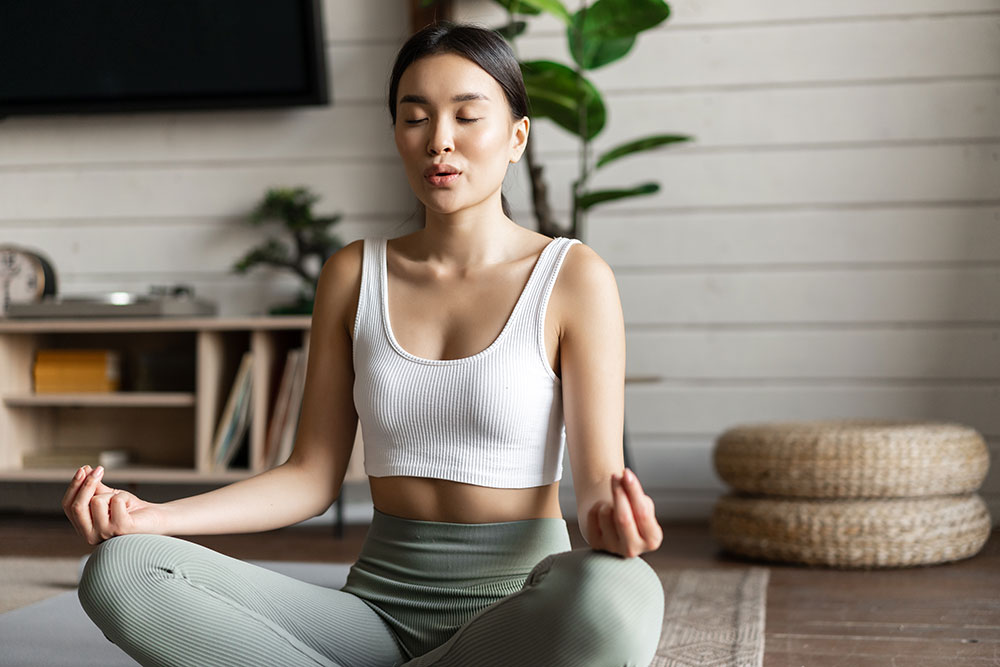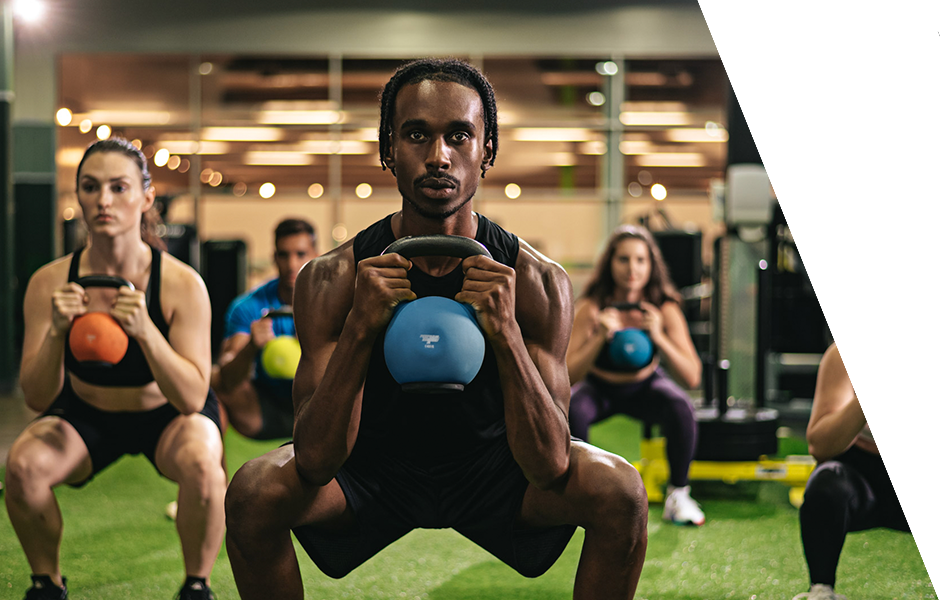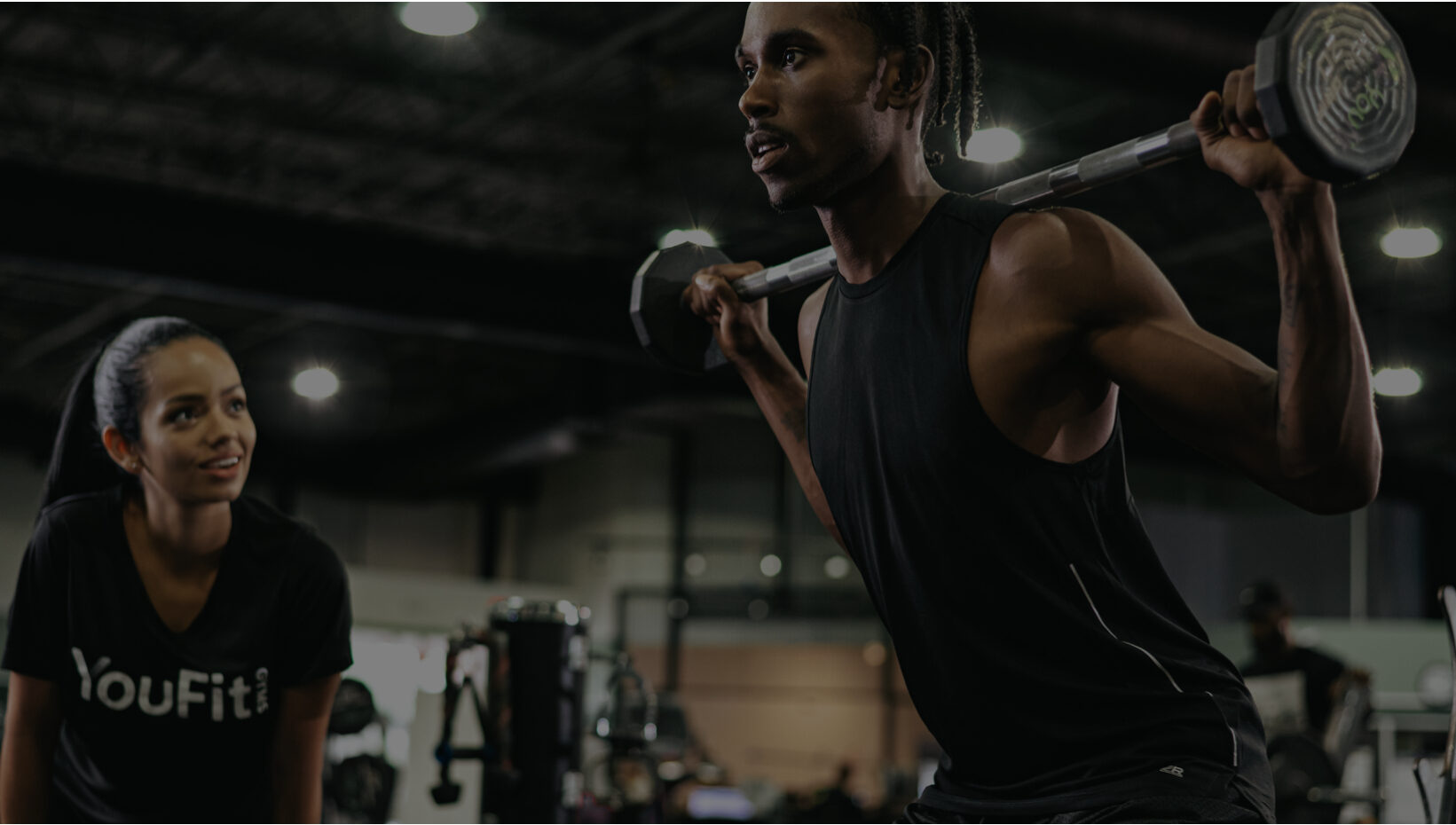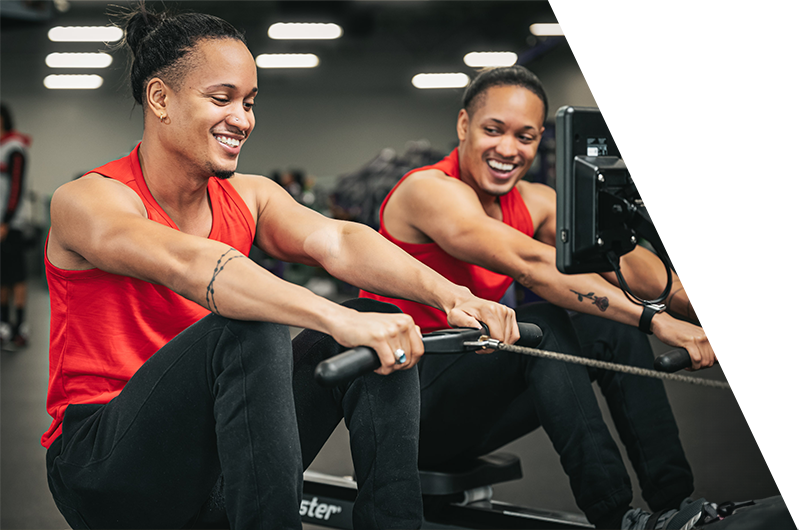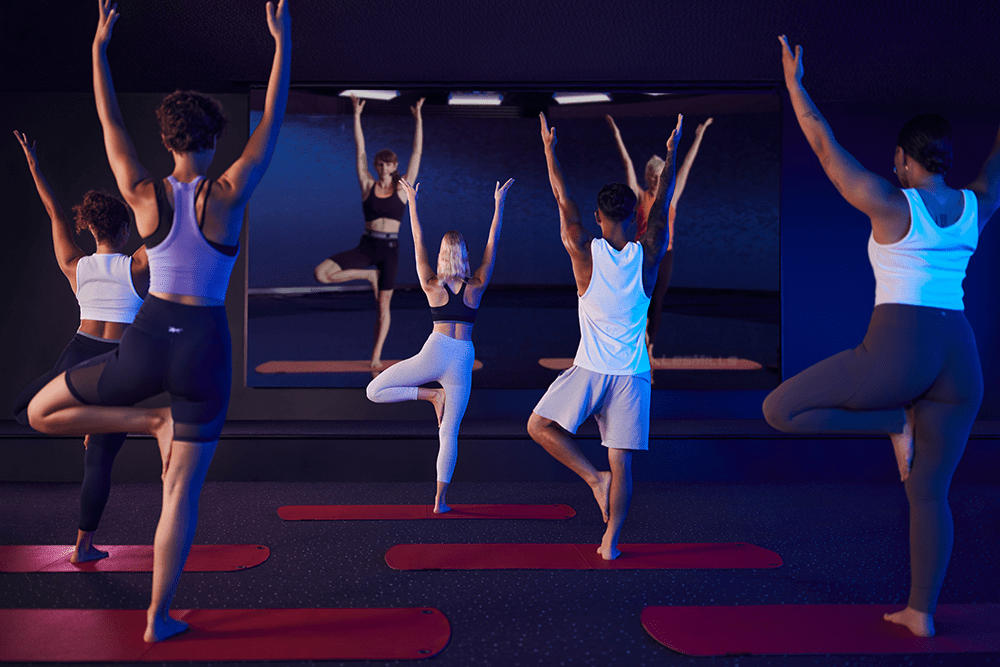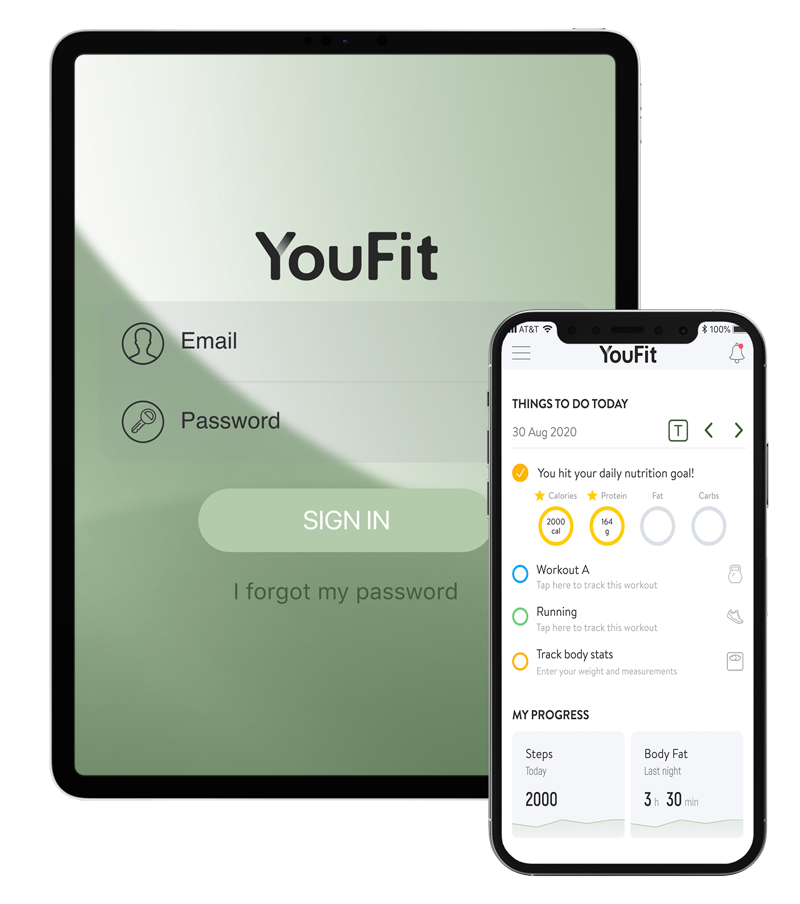You can’t go far these days without hearing someone rave about mindfulness or meditation. And with so many health benefits, we can see why! Each brings something to the table, and mindfulness and meditation are more connected than you might have thought.
What is the difference between mindfulness and meditation?
One is actually part of the other. The Cleveland Clinic describes meditation as “a practice that involves focusing or clearing your mind using a combination of mental and physical techniques.” It’s about creating peace in your brain, using any number of aids. There are dozens of ways to meditate, from visualization meditation to mantra meditation, and mindfulness is the most popular type of meditation. According to the Mayo Clinic, mindfulness means focusing on being intensely aware of what you’re sensing and feeling in the moment, without interpretation or judgment. To be mindful is to notice, and accept, your thoughts as they are.
4 health benefits of meditating
Meditation has dozens of scientifically proven health benefits, which include:
- Improved cognition. Research shows that meditation can improve your memory. Meditation is even a promising method to slow the effects of dementia and Alzeimer’s disease in older adults. And for people with MCI (mild cognitive impairment, an effect that appears to happen as one ages), practicing mindfulness seems to sharpen attention, memory, and other mental skills, according to researchers at Harvard.
- Decreased depression. Mindfulness has been proven to lower depression and anxiety, with a particular ability to offset rumination. When you’re stuck on the same negative thoughts running in a loop, meditation may be your ticket to a more peaceful state of mind.
- Increasing your attention span. Mediation helps your mind relax, and once that happens, according to WebMD, you’re able to focus, concentrate and increase your attention span. That’s important because according to Harvard researchers, our minds are lost at least 47 percent of the day! We’re either ruminating about the past or worrying about the future. But spending even a few minutes training your brain to focus on the present moment boosts your attention span.
- Reducing chronic pain. Just when you thought our list of meditation’s benefits was only about mental health, listen to this: meditation makes your brain feel less pain! Technically, it works because meditation uses neural pathways that make your brain less sensitive to pain while also increasing its natural pain-reducing opioids. If you have chronic pain, meditation is worth trying.
How to add meditation to your daily routine
One of the best things about meditation is that you don’t need to do a lot of it in order to enjoy the benefits. When you’re just starting out, it’s good to commit to just a few minutes, then grow your practice from there.
- First thing in the morning. According to Deepak Chopra, the best time to meditate is as soon as you get up and after you take care of your bodily functions—don’t think about it—just get up and sit down to meditate, even if it’s just for five minutes. Once you feel good about it and it’s a part of your routine, you can increase the time.
- During chores. Folding laundry, washing dishes, walking the dog…all of these jobs requires almost no brain power, and that’s what makes them perfect for meditating. Instead of focusing on how boring the task is, use this time to breathe. Count your breaths, or how many towels you’ve folded, and so on. Train your mind on what’s immediately in front of you and NOTHING else.
- On a walk. Link your breath to your steps. The Vietnamese monk, Thich Nhat Hanh, made walking meditation more popular. The whole concept is taking a step with each breath. But if you don’t have time to slow-walk your way to peace each day, consider one of these options: take a breath every three or four steps OR simply use the technique while walking through your day, running errands, moving from one room to another. There’s no need to meditate all day long, but finding a few minutes for breathing and walking together can be transcendent.
- While transitioning throughout the day. Believe it or not, you can meditate for only a handful of seconds and STILL feel the benefits. When you get in the car, take a pause for five seconds. When you start to make dinner, pause again, counting five breaths. Before getting in the shower, pause for five breaths, and so on. Every time you change location or tasks throughout the day, give yourself a tiny break to breathe.
How mindfulness can help you reach your fitness goals
- Always be aware of what you’re doing. Starting healthy habits is the key to you achieving fitness goals, says YouFit Gyms’ Senior Fitness Director Raphael Konforti, M.S.. “The majority of our decisions happen automatically, without thought. In order to establish new habits that lead toward your fitness goals, you must have awareness throughout the day. Look at the decisions you’re making and consider whether they’re getting you closer to, or further away from your goals. Like driving, life becomes completely automatic unless you bring awareness or you’re forced on a detour.”
- Focus on eating. Not all day long, says Konforti, but when you’re eating, really notice your food. That way you’ll realize when you’re full, rather than simply eating until all the food is gone from your plate. If you’re scrolling your phone while eating there’s little chance you notice feeling satisfied, and on a deeper level you won’t enjoy eating as much. Reaching your fitness goals isn’t about swearing off food. In fact, finding enjoyment is critical to long-term success.
- Notice how your body feels during exercise. It’s easy for your mind to wander as your body moves. That’s why Konforti says staying present will help you achieve three major fitness goals: building muscle, using movement to mend physical ailments and re-establishing posture. In each of these scenarios, actively think about engaging and contracting your muscles. Why? Science shows the effectiveness of the mind-muscle connection. Focusing all your mind into contracting a muscle and feeling every muscle fiber throughout the repetition improves the quality and effectiveness of the movement.
- Breathe your way to your fitness goals. Remember to not only breathe while working out, but also to breathe correctly. Your breath is foundational to proper core function and intramuscular coordination. Every exercise movement has a breathing technique that gives you the best results. For example, during a push-up breathe in while lowering to the ground and breathe out while pushing back up.
One-Minute Recap
Meditation is more than a buzzword. It has proven health benefits, and can be the key to reaching your fitness goals.
- Mindfulness is one type of meditation.
- Mediation has many health benefits, including improved cognition, lower depression, increased attention span and a reduction in chronic pain.
- Adding meditation to your daily routine can come in many forms, including: first thing in the morning, as you transition throughout the day, while doing chores or during a slow and intentional walk.
- Mindfulness can help you reach your fitness goals. Always notice your food while eating, be aware of whether your decisions throughout the day are helping you reach your goals, pay attention to how your body feels during exercise and breathe your way to your fitness goals.
When you’re ready to add mindfulness or another form of meditation to your routine, YouFit Gyms can help! Get more information.

